 Rundlet-May House
Rundlet-May House
Summer Kitchen and Scullery
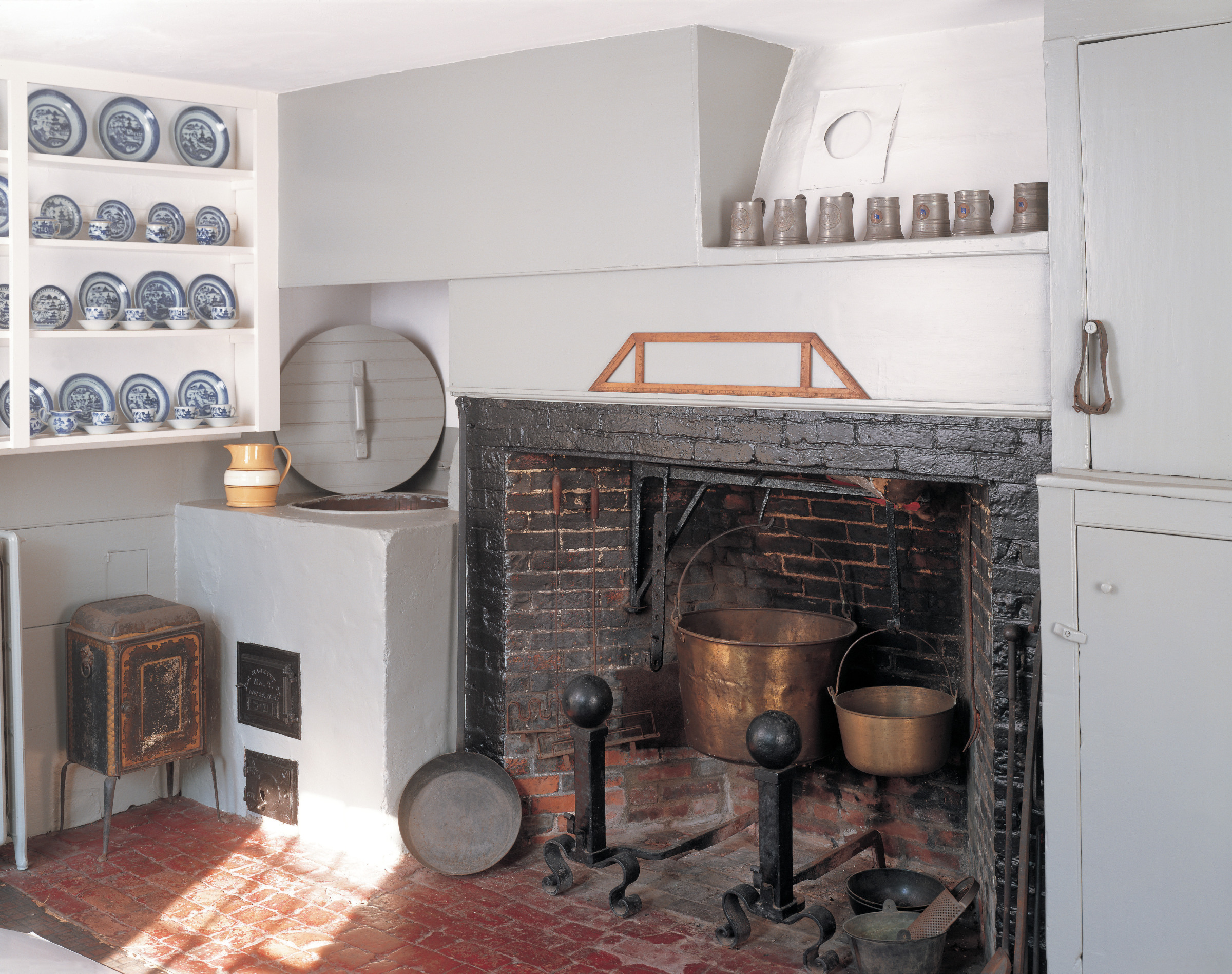
The home was also built with a scullery, a place for household staff to clean vegetables from the garden and prepare meat from the service yard. Tasks such as laundry and washing were completed here.
An open hearth provided the household staff with a more traditional and familiar way of heating water and cooking. Household implements for collecting ashes and toasting bread were placed next to the hearth. This room was also outfitted with a set-kettle, a part of the Rumford cooking system.
This copper basin was set into the masonry block, complete with a firebox and ash pit to heat water for laundry and washing. A drain at the bottom of the basin was connected to a wooden trough that deposited the water outside.
Making it Modern
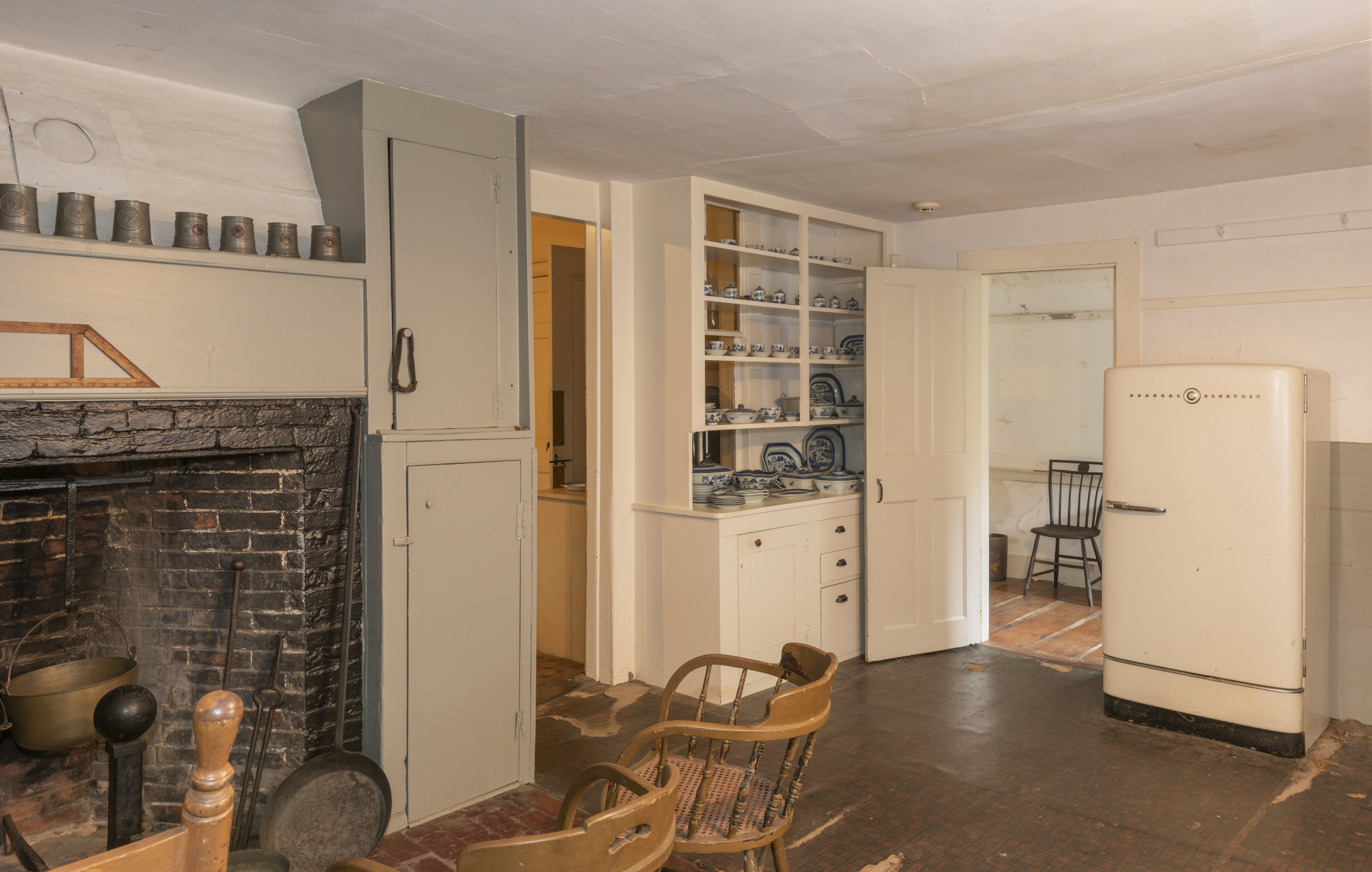
Desiring more modern kitchen appliances, Ralph and Gladys May, the last residents of the house, added a city water-fed sink and a General Electric refrigerator to the room. Historic New England has left Rundlet-May House exactly as it was when acquired in 1973.
Cistern and Storage
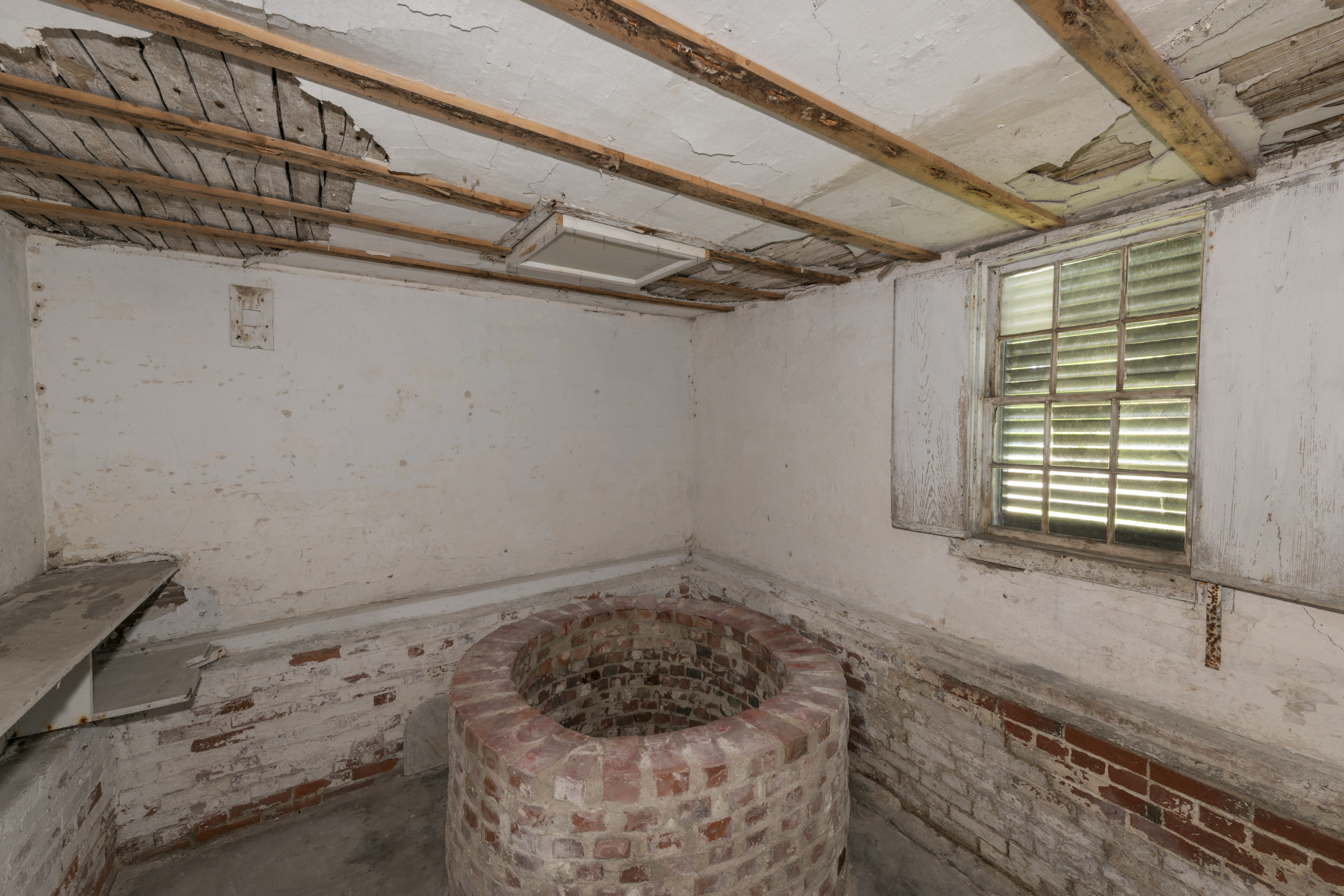
In the summer kitchen, a door leads to a storage area, likely used for canning and preserving food, and then down to the indoor well. This below-ground area functioned as a cool space to keep perishables.
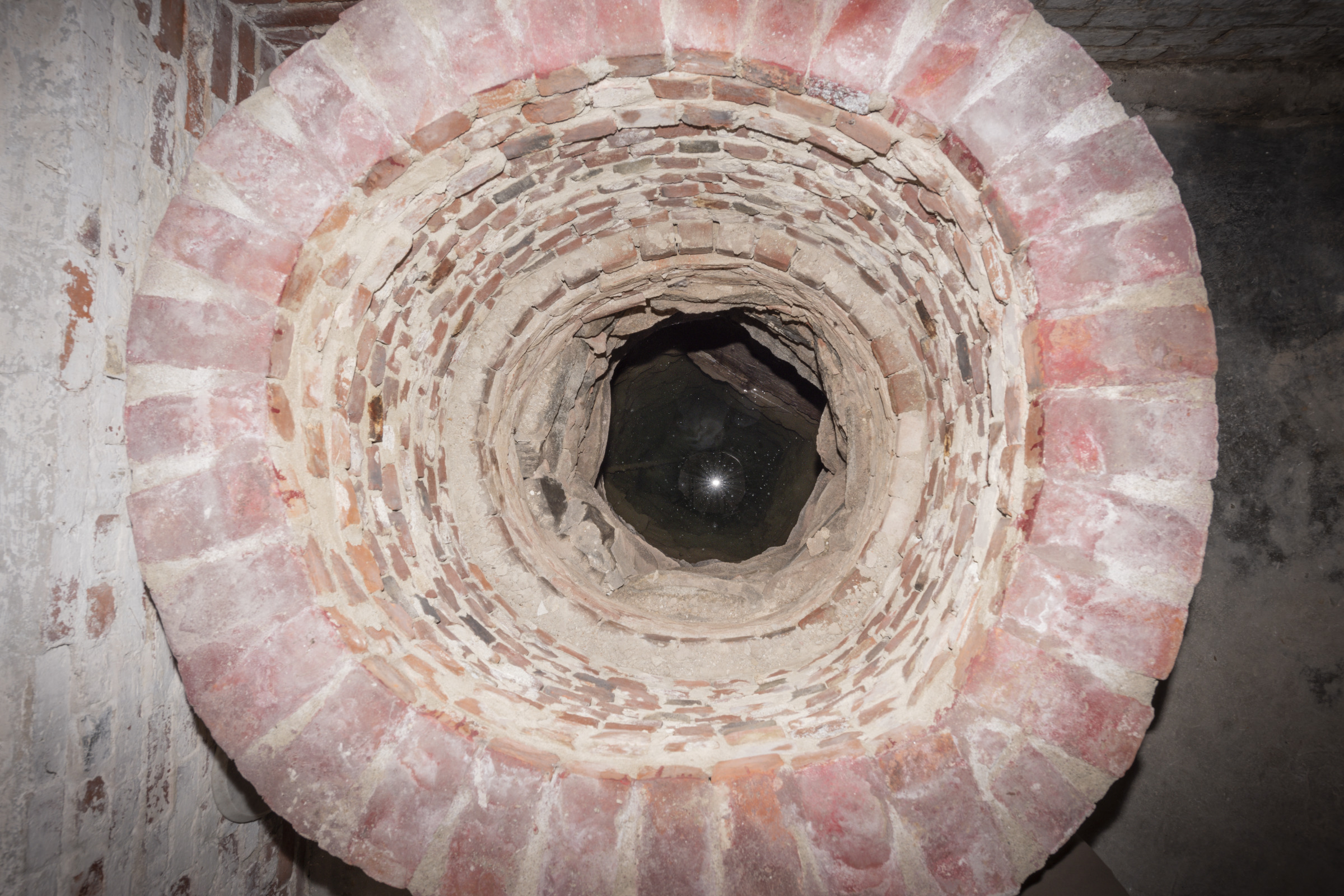
Accessing the Privy
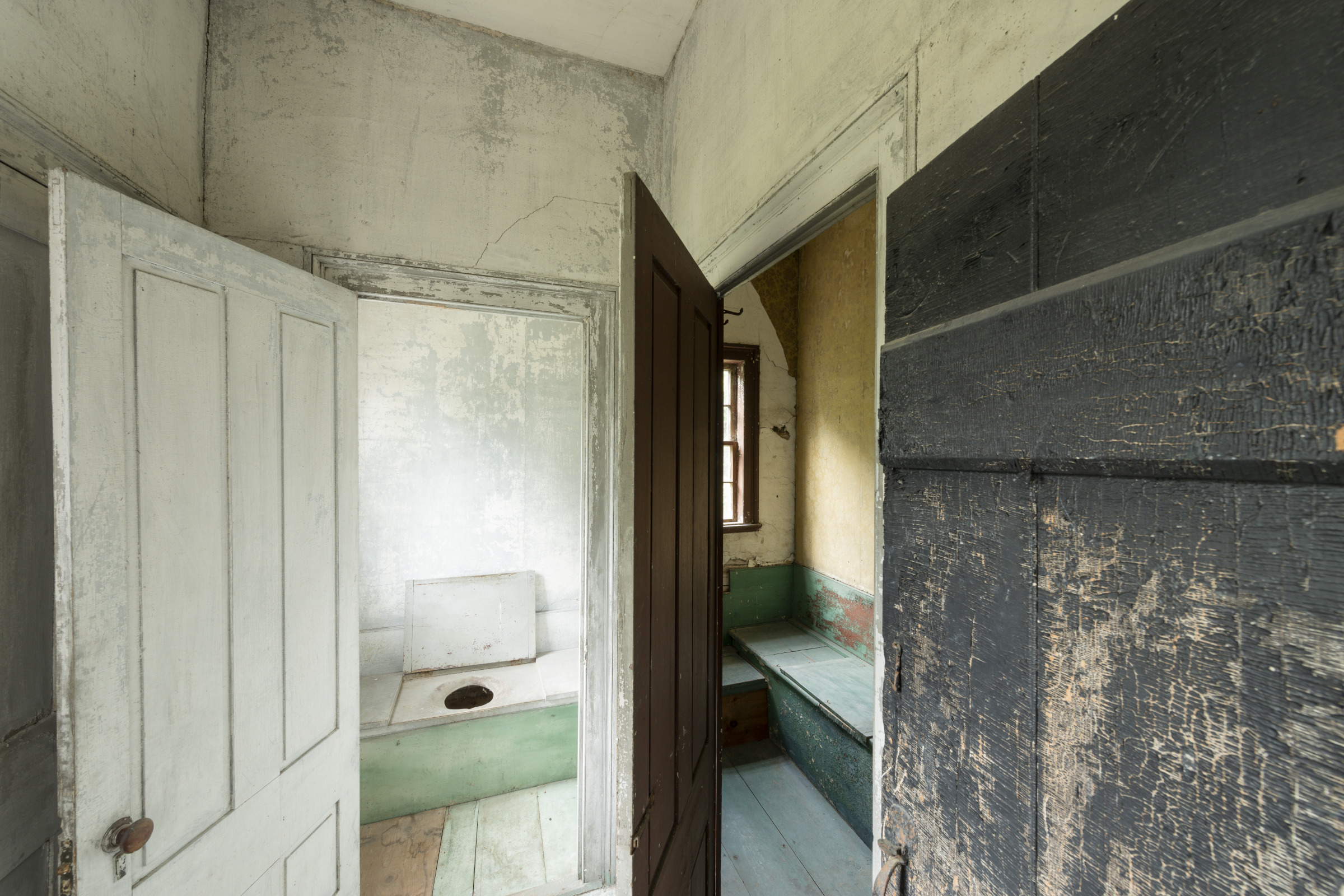
A door to the rear of the kitchen opens outside to an outdoor covered corridor, that leads through a long hallway in the connecting ell-carriage barn to the privy—there was a wallpapered “family” privy and a more private single privy for use, without having to go outside to a separate outbuilding.
Getting to the Outbuildings
No Need to Go OutsideJust Steps Away
In this exterior view you can see the covered passages that lead to the privy and the barn, allowing access without ever stepping outside. Click the hot spots to see interior views.

Back Kitchen
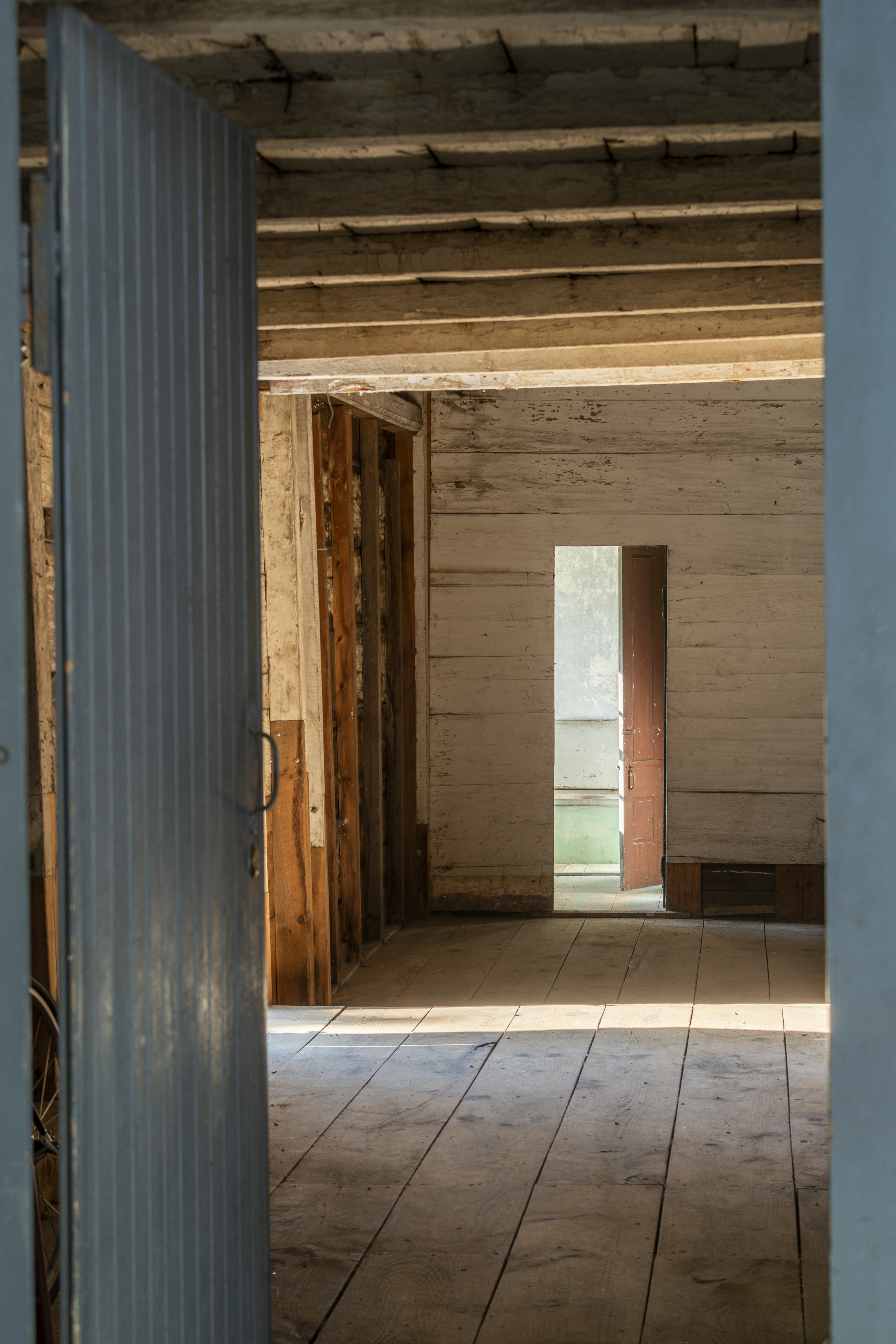
Back door off the kitchen opens to corridor.
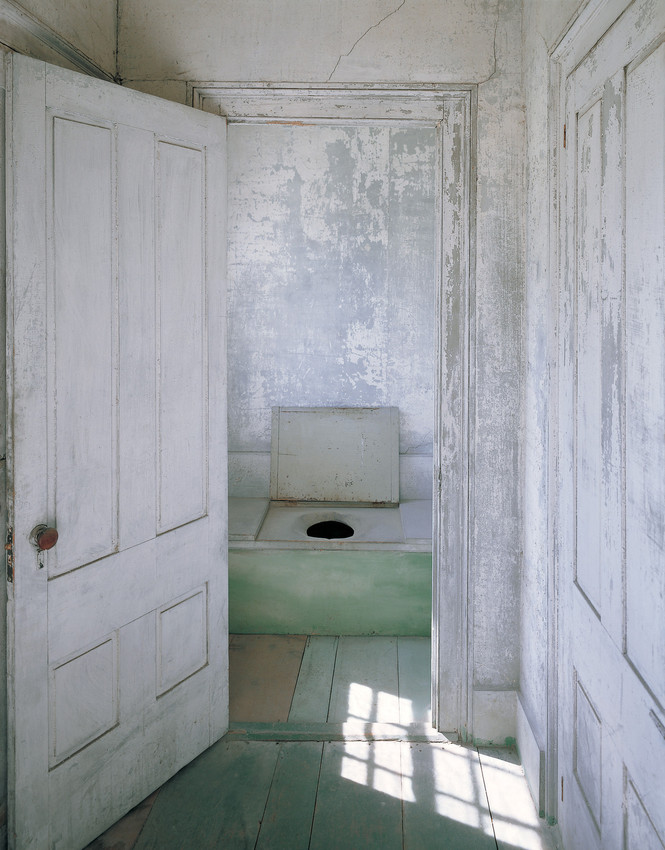
Privies located in this corner section.
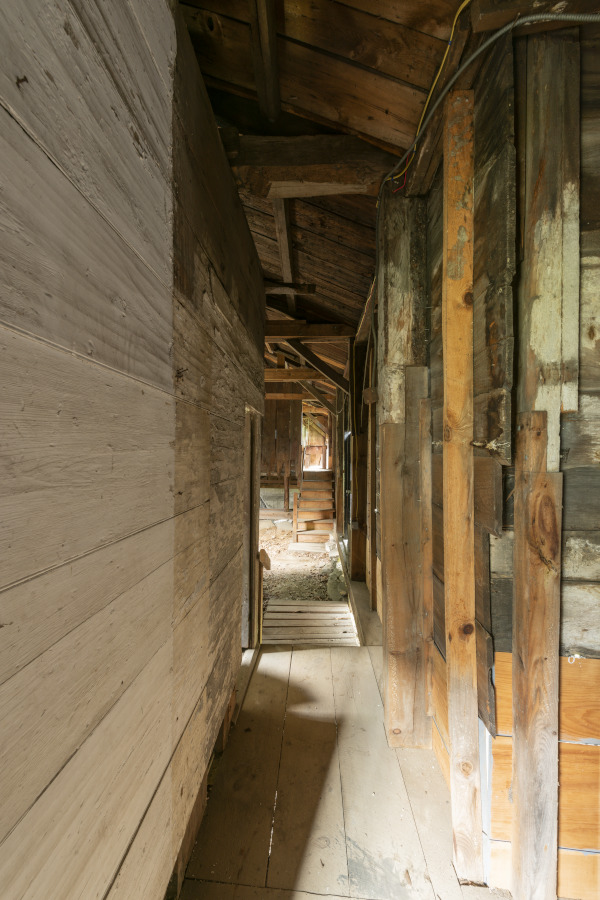
This passageway to the right of the privy originally connected to the barn.
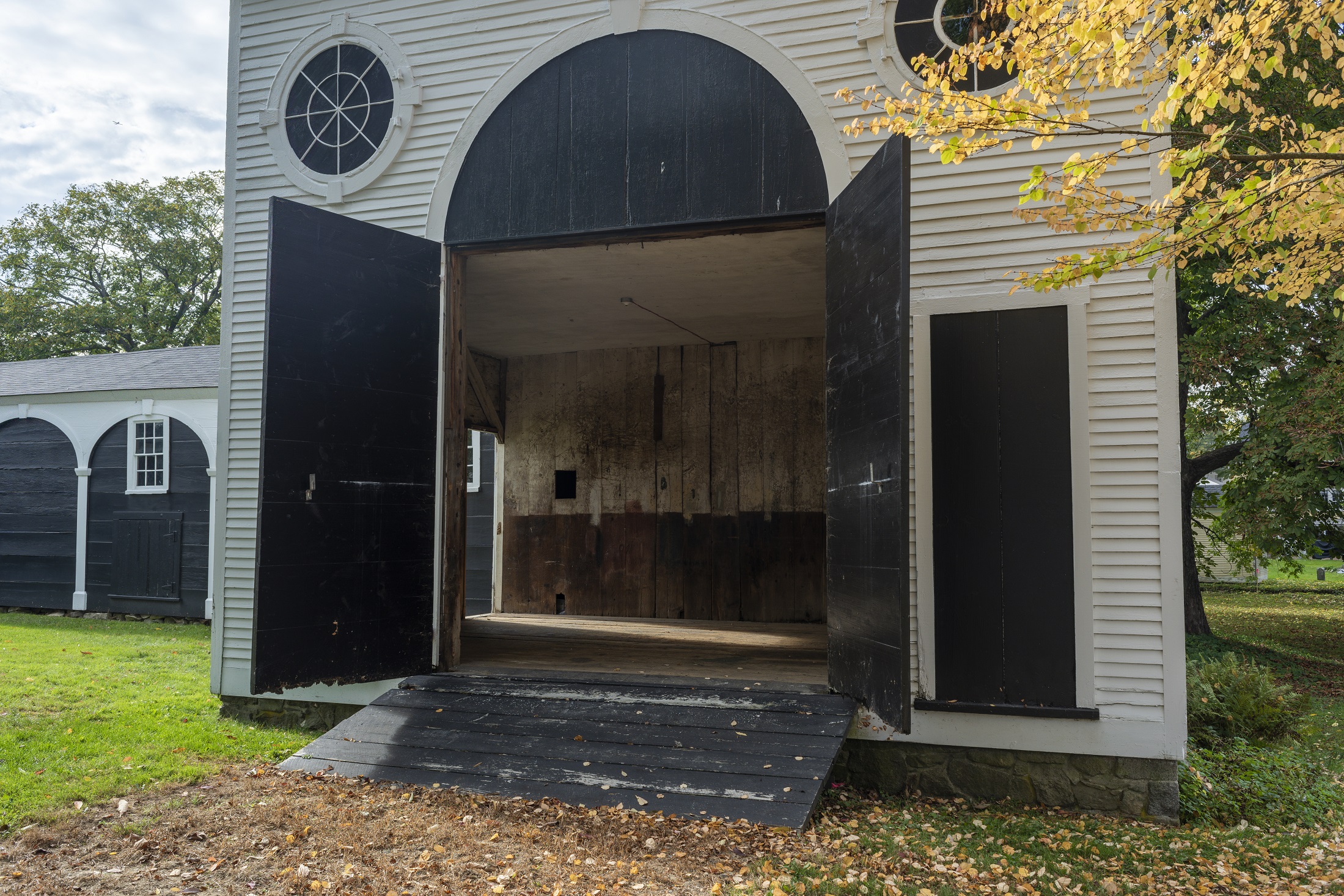
Carriage barn
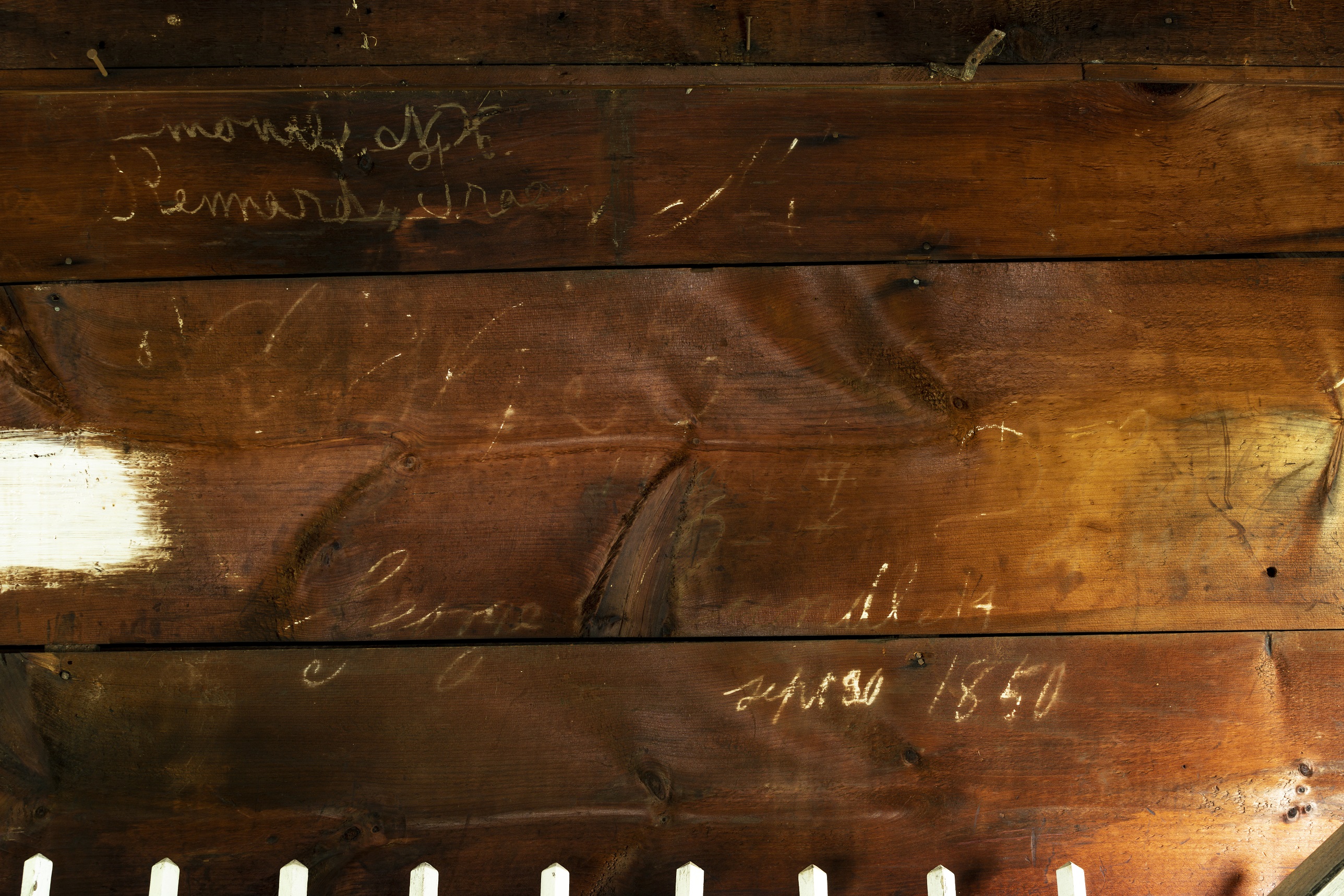
Signed barn wall bearing the name George Rundlet Sept 30 1850.
to learn more